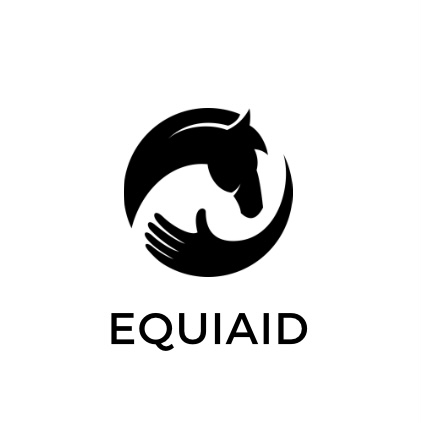If you’re a horse owner, you know that proper hoof care is essential for your horse’s health and well-being. Your horse’s hooves are the foundation of their entire body, and they need to be healthy and strong to support your horse’s weight and movements.
No Hoof! No horse!
But what exactly does proper hoof care involve, and how can you ensure that your horse’s hooves stay healthy and happy? In this blog post, we’ll cover the basics of hoof care and provide some tips and tricks for keeping your horse’s hooves in top shape.
First off, it’s important to understand the anatomy of your horse’s hoof. The hoof is made up of several different structures, including the wall, sole, frog, and digital cushion.
The wall is the hard, outer layer that you can see from the outside.
The sole is the softer, inner part of the hoof that helps absorb shock.
The frog is the V-shaped structure located in the center of the sole, and it helps your horse grip the ground and pump blood back up the leg.
The digital cushion is the soft tissue located between the frog and the bones of the hoof, and it helps absorb shock and protect the bones and joints.
Transitioning barefoot hoof, from below. Details: (1) periople, (2) bulb, (3) frog, (4) central sulcus, (5) collateral groove, (6) heel, (7) bar, (8) seat of corn, (9) pigmented wall (external layer), (10) water line (inner unpigmented layer), (11) white line, (12) apex of frog, (13) sole, (14) toe, (15) how to measure width (fulcrum), (16) quarter, (17) how to measure length
source:Wiki

Now that you know a bit about the anatomy of the hoof, let’s dive into some tips for proper hoof care:
- Pick out your horse’s hooves regularly.
- This may seem like a simple task, but it’s essential for keeping your horse’s hooves healthy. Use a hoof pick to remove any dirt, rocks, or other debris from your horse’s hooves. This will help prevent infection and other hoof problems.
- Keep your horse’s hooves clean and dry.
- After you pick out your horse’s hooves, make sure to clean them with a brush or sponge to remove any remaining dirt or debris. Then, make sure to dry them thoroughly before putting your horse back in their stall or pasture. Moisture can lead to bacterial and fungal infections, so it’s important to keep your horse’s hooves as dry as possible.
- Trim your horse’s hooves regularly.
- Depending on your horse’s age, activity level, and hoof growth rate, you may need to trim their hooves anywhere from every four to eight weeks. A professional farrier can help you determine the best schedule for your horse. Regular trimming helps keep your horse’s hooves in proper alignment and can prevent other hoof problems.
- Monitor your horse’s hoof health.
- Keep an eye out for any signs of hoof problems, such as cracks, splits, or thrush (a bacterial infection that can cause a foul odor and black, gooey discharge). If you notice any issues with your horse’s hooves, contact your veterinarian or farrier right away for advice.
- Provide your horse with proper nutrition.
- A balanced diet is essential for hoof health. Make sure your horse is getting all the necessary vitamins, minerals, and nutrients, including zinc and copper which is important for hoof growth and strength.
- Consider using hoof supplements.
- If your horse has weak or brittle hooves, you may want to consider using a hoof supplement. These supplements can help strengthen and support your horse’s hooves.
- Movement is key.
- Movement is essential for maintaining the health and well-being of your horse’s hooves. As your horse moves, the constant weight-bearing and release on each hoof stimulates blood flow and encourages the growth of strong, healthy tissue. Movement also helps to prevent the accumulation of bacteria and moisture, which can lead to hoof diseases such as thrush or abscesses. Regular exercise and turnout on varied terrain can also promote the development of strong, sturdy hooves that can withstand the demands of riding and other activities. In short, movement is vital for promoting the health of your horse’s hooves and overall well-being.
Recommend to read :
By following these tips, you can help ensure that your horse’s hooves stay healthy and strong. Remember, proper hoof care is essential for your horse’s overall health and well-being, so don’t neglect this important aspect of horse care. If you have any questions or concerns about your horse’s hooves, don’t hesitate to reach out to your veterinarian or farrier for advice.

Bad Habits basic care colic Digital assistant discomfort EGUS emergency EquidAid equine behavior Equine care equine management equine science exercise happyhorse hoof care horsebackriding horse behavior horse body language horsebonding horse care Horse care 101 horse health horse healthcare horse pain horse training horse welfare Leg injury Limb injury minerals not eating nutrition Pasture Management quine Gastric Ulcer Syndrome riding riding plan safe exercise routine Stress supplements Suspensory Ligament Injuries Tendon injury ulcer ulcers vitamins weekly exercise plan work plan
Rate this post:
Latest posts:




